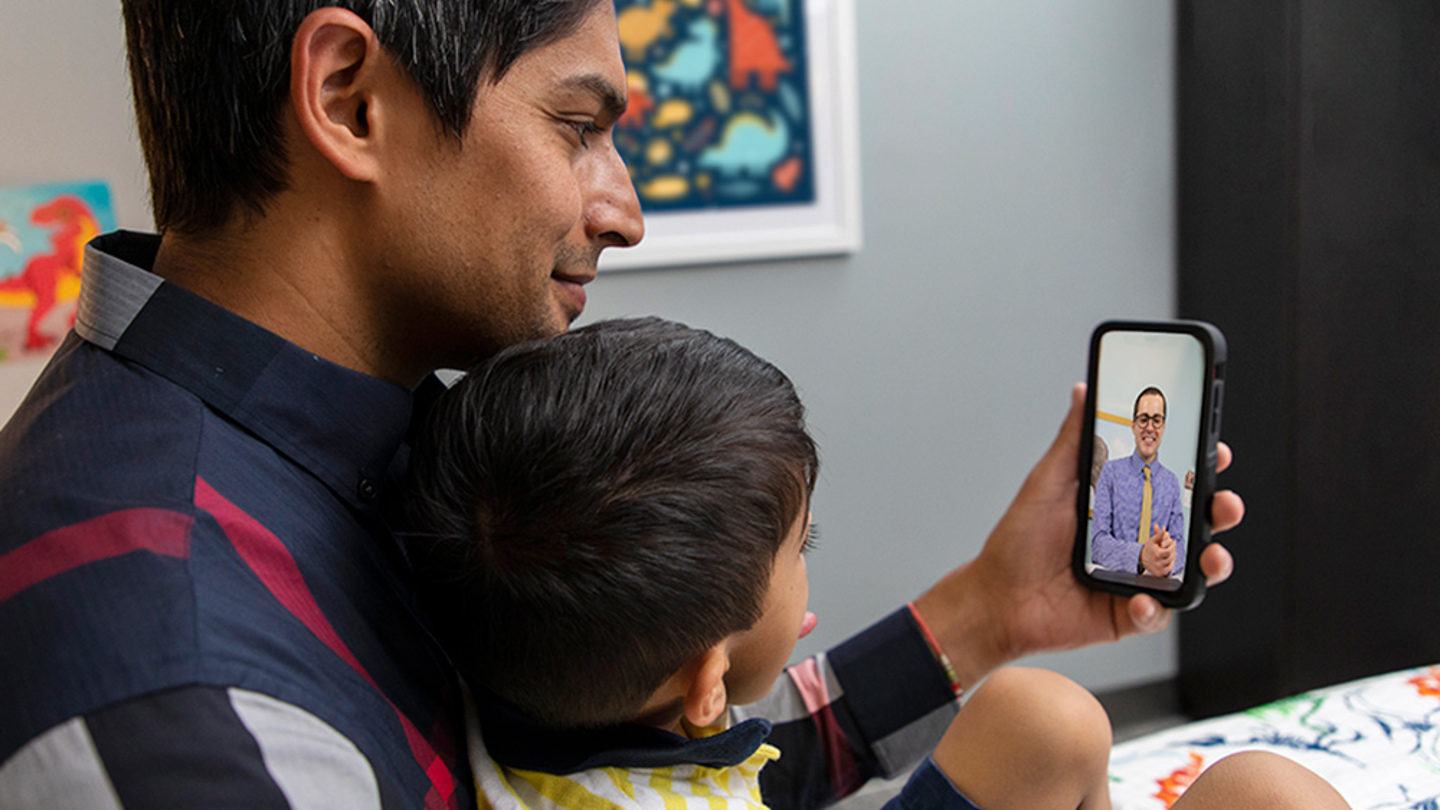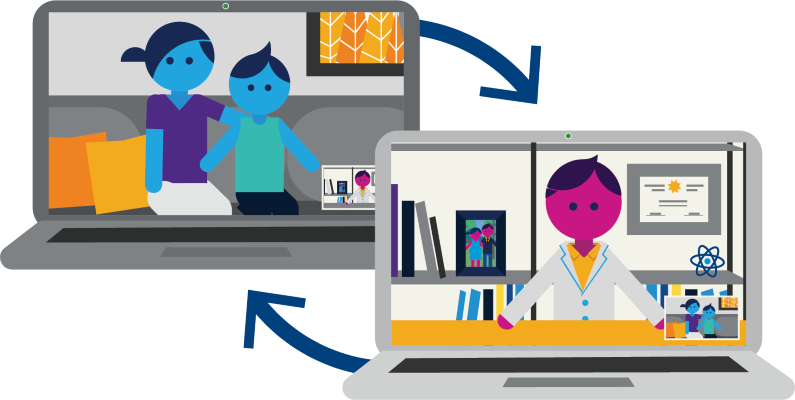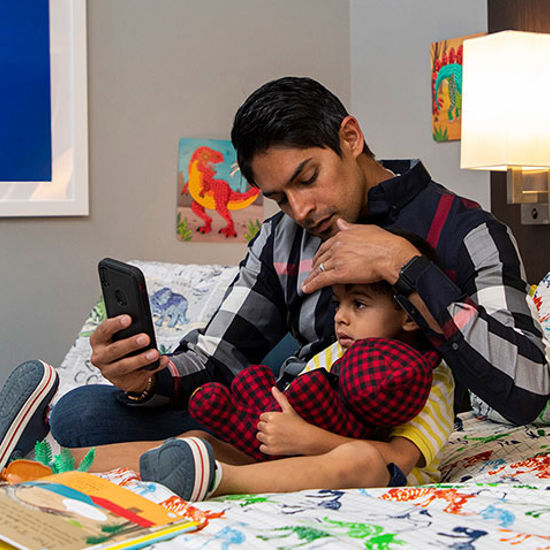- Doctors & Departments
-
Conditions & Advice
- Overview
- Conditions and Symptoms
- Symptom Checker
- Parent Resources
- The Connection Journey
- Calm A Crying Baby
- Sports Articles
- Dosage Tables
- Baby Guide
-
Your Visit
- Overview
- Prepare for Your Visit
- Your Overnight Stay
- Send a Cheer Card
- Family and Patient Resources
- Patient Cost Estimate
- Insurance and Financial Resources
- Online Bill Pay
- Medical Records
- Policies and Procedures
- We Ask Because We Care
Click to find the locations nearest youFind locations by region
See all locations -
Community
- Overview
- Addressing the Youth Mental Health Crisis
- Calendar of Events
- Child Health Advocacy
- Community Health
- Community Partners
- Corporate Relations
- Global Health
- Patient Advocacy
- Patient Stories
- Pediatric Affiliations
- Support Children’s Colorado
- Specialty Outreach Clinics
Your Support Matters
Upcoming Events
Colorado Hospitals Substance Exposed Newborn Quality Improvement Collaborative CHoSEN Conference (Hybrid)
Monday, April 29, 2024The CHoSEN Collaborative is an effort to increase consistency in...
-
Research & Innovation
- Overview
- Pediatric Clinical Trials
- Q: Pediatric Health Advances
- Discoveries and Milestones
- Training and Internships
- Academic Affiliation
- Investigator Resources
- Funding Opportunities
- Center For Innovation
- Support Our Research
- Research Areas

It starts with a Q:
For the latest cutting-edge research, innovative collaborations and remarkable discoveries in child health, read stories from across all our areas of study in Q: Advances and Answers in Pediatric Health.



We believe that every child should have access to our high-quality care. That’s why we offer telehealth, or virtual visits, to families who might live far away or prefer to receive care from the comfort and privacy of home.
Our HIPAA-compliant, encrypted video technology protects your privacy and is easy to use. Plus, we offer telehealth across every one of our specialties and clinics — meaning no matter what illness or injury your child has, telehealth might be an option for your child’s care.
In addition to video visits, our telehealth services include teleconferencing and other forms of telemedicine across all our pediatric specialties, clinics, hospitals, urgent care, emergency departments and care teams.
How virtual healthcare works

Telehealth, sometimes called telemedicine or a virtual doctor visit, is a video-based appointment with a member of your child’s care team using medical-grade, HIPAA-compliant tools. Telehealth provides best-practice medical care for patient visits or education at a time and place most convenient for the family.
Our pediatric specialists can provide all the care your child needs within the telemedicine appointment. You’ll access your video visit directly from MyChart, so you don’t have to switch back and forth between applications, and you can use almost any personal device. Smartphones, tablets and laptops all work well.
Virtual appointments can take place in your home or with help from a local provider, such as your local pediatrician, partner health clinic or hospital. Medical staff who work for the partner clinic or hospital near your home will help us during the video visit. We make sure that they have the training they need to use our technology effectively.
Questions? Take a look at our telehealth FAQ, or watch the video below to learn about the benefits of virtual appointments and how to set up a visit with one of our specialists.
Getting started
To get started, just ask your child’s doctor, scheduler or care team if telehealth could work for your child’s visit. We’re able to conduct telehealth visits, where appropriate, in every clinic and specialty we offer.
Most of our telehealth visits are scheduled so you can easily launch the visit from your MyChart account. If you don’t have a MyChart account, please let your care team know so they can set up an account or send you a video link.
What to do before your virtual visit
Watch this short video for information on how to be prepared. You can also view the video in Spanish.
For more information on how to prepare for your child's virtual visit, visit our What to Expect from Your Telehealth Appointment page or download our tip sheet:
- Preparing for Your Telehealth Visit Tip Sheet – English (.pdf)
- Preparing for Your Telehealth Visit Tip Sheet – Español (.pdf)
- Connecting to Your Telehealth Session through your Smartphone – English (.pdf)
- Connecting to Your Telehealth Session through your Smartphone – Español (.pdf)
- Connecting to Your Telehealth Session through MyChart (desktop) – English (.pdf)
- Connecting to Your Telehealth Session through MyChart (desktop) – Español (.pdf)
Technical support and contact information
For patients and families
Interested in a virtual appointment? Contact your child's clinic or department. We’re able to conduct telehealth visits, when appropriate, in every clinic and specialty we offer.
Our MyChart Help Desk team members are trained to help you with our telehealth technology, even when you are not using our MyChart patient portal to start your telehealth visit. Call 720-777-6939 for assistance between 7 a.m. and 4:30p.m. Help Desk team members speak English and Spanish; for other languages, we can add an interpreter to your call.
For healthcare professionals and partner organizations
If you are a partner organization wanting more information about our Telehealth Program, email us at telehealth@childrenscolorado.org.

Virtual urgent care
Seven days a week: 2 to 10 p.m. MT
Our pediatric experts are here when you need them. Through our virtual urgent care services, you can meet with one of our pediatric experts from the comfort and privacy of your home.



 720-777-0123
720-777-0123




